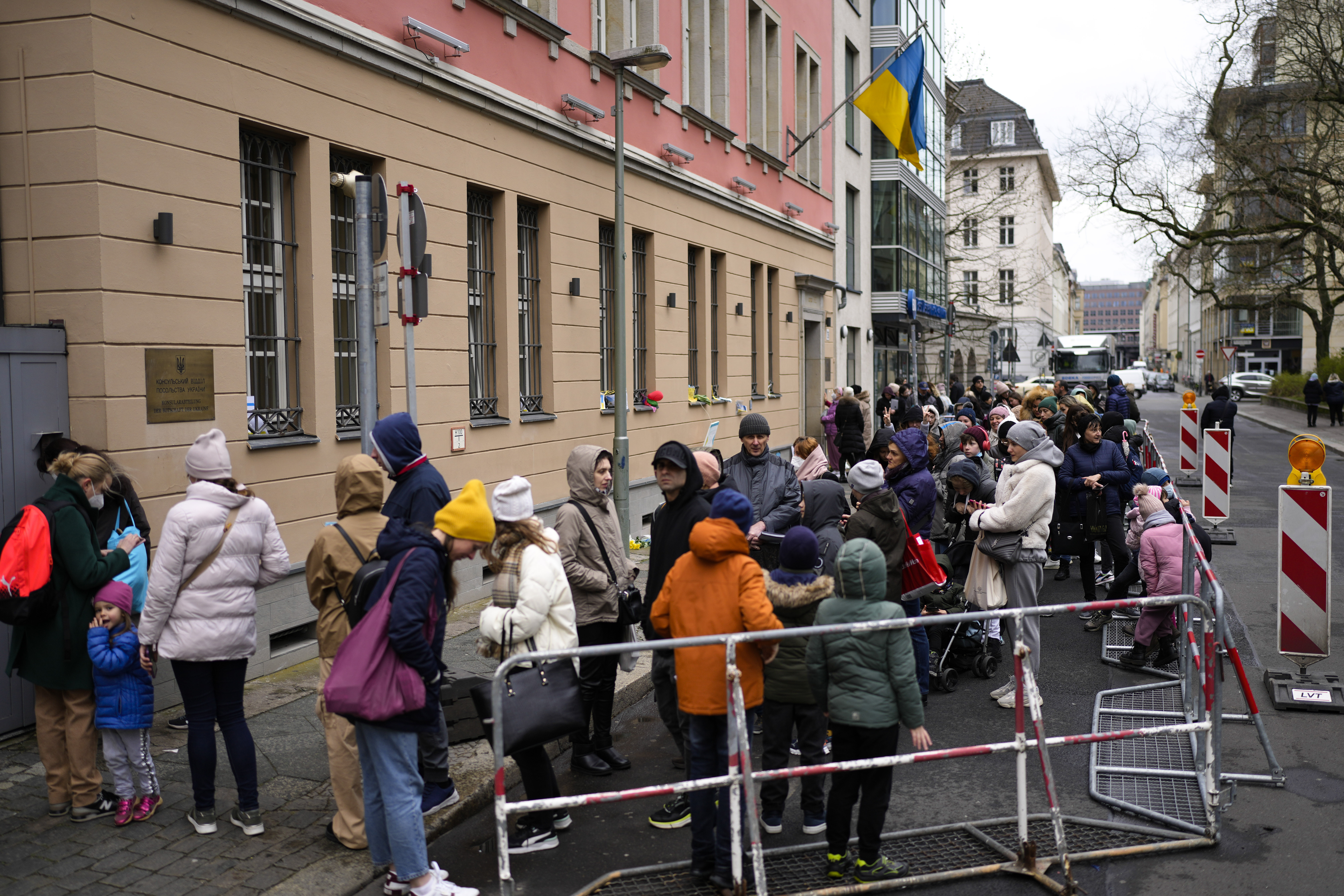The number of German recipients of welfare benefits has halved since 2010, while the number of foreign nationals receiving social assistance payments has doubled, government data has revealed.
The data emerged from a response by Parliamentary State Secretary at the Federal Ministry of Labor and Social Affairs Anette Kramme to a request made by the Alternative for Germany (AfD) MP René Springer.
It revealed that the number of German recipients of the citizens’ allowance had almost halved from 5.2 million in 2020 to 2.9 million as of February 2023. In contrast, foreign recipients of social benefits had doubled from 1.3 million people in 2010 to 2.6 million currently.
With spikes in the number of recipients experienced during the 2015 migrant crisis and the ongoing conflict in Ukraine, it means the German taxpayer is paying around €15.4 billion each year in social benefits for foreign recipients, a 122 percent increase over the €6.9 billion reported in 2010.
[pp id=87083]
Commenting on the figures, Springer called for “a restrictive immigration policy that effectively prevents immigration into our social systems. The citizens’ income introduced by the federal government, on the other hand, acts like an immigration magnet.”
Many of the foreign recipients of the citizens’ income are Ukrainian refugees, of which 707,000 claim the benefit. These are followed by almost 500,000 Syrians and 200,000 Turks. Around 176,000 Afghan nationals and 115,000 Iraqis also claim the benefit.
All war refugees from Ukraine belong in the asylum seeker benefits system, outside the citizen’s income category. In addition, it is imperative to switch the benefits for asylum seekers to a strict system of benefits in kind,” noted Springer.
This figure can be expected to rise further this year, with Germany anticipating a sharp rise in new arrivals by year-end. The spokesman for the CDU/CSU parliamentary group, Alexander Throm, recently told Bild that the country “expects up to 400,000 people by the end of the year, because the arrivals are usually highest in summer and autumn. And it takes a while for the migrants to travel from southern Europe to us.”
[pp id=86941]
This would correspond, Junge Freiheit reports, to the combined population of Gelsenkirchen and Ingolstadt, which stands at 404,000.
According to the biannual report from the Federal Office for Migration and Refugees (BAMF), a total of 162,271 migrants had applied for asylum in Germany from January to June, up 77.5 percent from the 84,583 applications made in the first six months of 2022.
Three-quarters of all asylum seekers were males under the age of 30, and 70 percent had originated from Islamic nations.
“Successful integration cannot be expected with an influx of this magnitude,” migration expert Stefan Luft told Bild.






